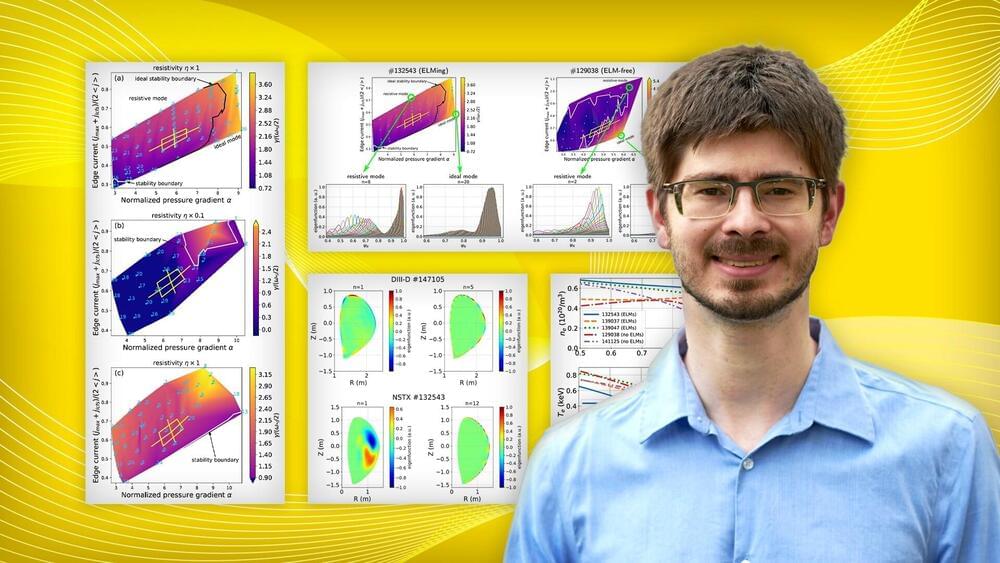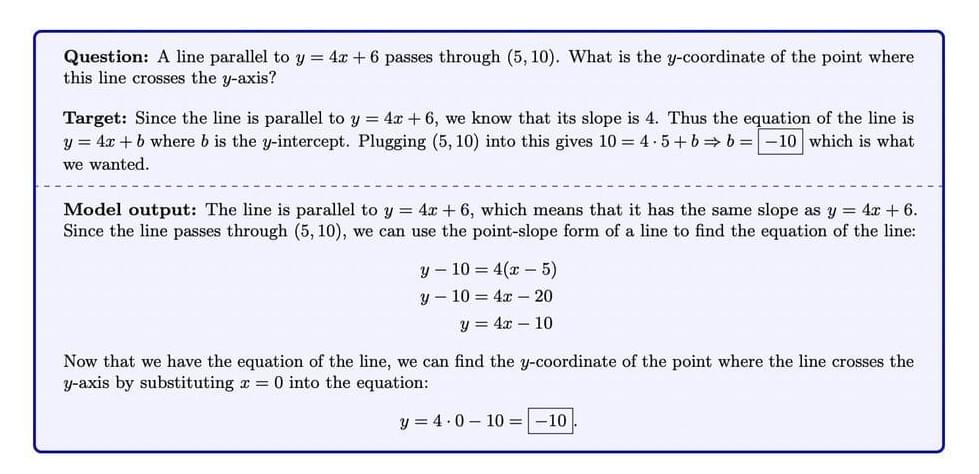Researchers at the U.S. Department of Energy’s (DOE) Princeton Plasma Physics Laboratory (PPPL) have found that updating a mathematical model to include a physical property known as resistivity could lead to the improved design of doughnut-shaped fusion facilities known as tokamaks.
“Resistivity is the property of any substance that inhibits the flow of electricity,” said PPPL physicist Nathaniel Ferraro, one of the collaborating researchers. “It’s kind of like the viscosity of a fluid, which inhibits things moving through it. For example, a stone will move more slowly through molasses than water, and more slowly through water than through air.”
Scientists have discovered a new way that resistivity can cause instabilities in the plasma edge, where temperatures and pressures rise sharply. By incorporating resistivity into models that predict the behavior of plasma, a soup of electrons and atomic nuclei that makes up 99% of the visible universe, scientists can design systems for future fusion facilities that make the plasma more stable.









